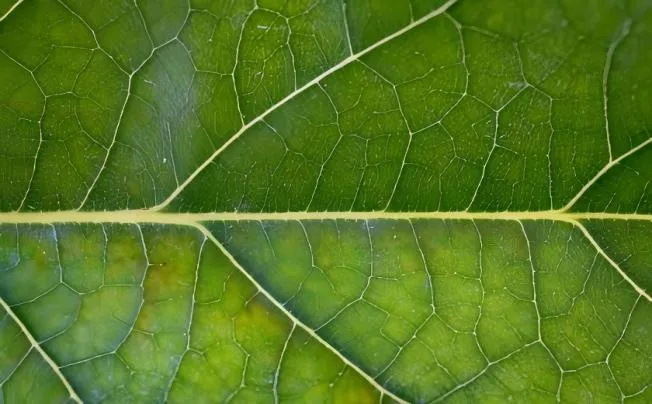Does Stainless Steel Flower Pot Absorb Sunlight?
Iron, chromium, nickel, and carbon are the primary constituents of stainless steel, an iron alloy made up of several different elements. Chromium is one of the most important alloying elements, while iron provides stainless steel with its fundamental strength and endurance.
The principle of sunlight absorption by stainless steel flower pots
A portion of the light that strikes a stainless steel flower pot will be directly reflected by the metal surface. The reason for this is because stainless steel has a good metallic lustre, and when light strikes it, the atomic structure on its surface causes it to change its propagation direction in accordance with the law of reflection. Another portion of the light will pass through and be absorbed by the stainless steel. The electrons in the stainless steel will be stimulated to a higher energy level once the atoms have absorbed the photons' energy. These excited electrons will quickly return to a lower energy level and release the absorbed energy as heat since they are in an unstable condition.
Because of variations in chemical composition and microstructure, different kinds of stainless steel have varying capacities for both reflecting and absorbing sunlight. Higher chromium stainless steel, for instance, might have a deeper layer of chromium oxide on its surface, which could influence light absorption and reflection in addition to improving corrosion resistance. The surface microstructures of some stainless steel flower pots that have undergone special surface treatments, like brushing, sandblasting, mirror treatment, etc., have changed, which has a significant impact on the light's qualities of reflection and absorption. The mirror-treated stainless steel flower pot's surface is as smooth as a mirror, which can reflect a lot of light and make the flower pot appear brighter and more dazzling; the brushed stainless steel flower pot's surface has subtle textures that scatter some of the light and give it a softer appearance, and may also alter the ratio of light absorption and reflection.

The impact of sunlight absorption by stainless steel flower pots on plants
Positively, stainless steel flower pots may efficiently raise the temperature of the soil in the pot by absorbing sunshine and heating up in colder climates like early spring or winter. This significantly encourages the growth of plant roots. A proper soil temperature can increase the root system's activity and speed up its ability to absorb nutrients and water, giving plants a more adequate material foundation for overall growth. In such a heated soil environment, certain temperature-sensitive flowers can grow and shoot new roots much more quickly.
Stainless steel flower pots, however, absorb sunlight and overheat during the sweltering summer months, which can have certain drawbacks. Overheated temperatures will disrupt the normal physiological processes of plant roots. The respiration and other metabolic functions of the root system may be impacted by excessive heat surrounding the root system, which may impede the functioning of enzymes in the root cells. In extreme situations, it might potentially harm the root cells, which would prevent the roots from growing and perhaps cause root rot.
Additionally, excessive heat will hasten the soil's water evaporation. This implies that plants require more regular watering; otherwise, a shortage of water will cause them to wilt and dry out. Without a doubt, this makes management more challenging and time-consuming for certain plants that have little drought tolerance. Failing to water plants on time will have a negative impact on their growth and could cause them to die.

Strategies for dealing with sunlight absorption issues in stainless steel flower pots
1. Flower pot placement must be flexible enough to change with the seasons and amount of light. Place the stainless steel flower pots in a sunny spot during the cooler months so they may absorb all of the sun's heat, raise the soil's temperature, and foster ideal growing conditions for plants. To effectively lower the temperature of the flower pots and keep the excessive soil temperature from harming the plant roots, it is recommended that the flower pots be moved to a semi-shaded area or one with shade facilities during the hot summer months, particularly during the times of strong sunlight.
2. It's also crucial to include insulating measures. We can cover the outside of the stainless steel flower pot with a layer of insulation, like rock wool, foam board, etc. Because of their strong insulating qualities, these materials may effectively block the transfer of heat from the outside, lessen the amount of heat that the flower pot absorbs from the sun, and consequently lower the soil temperature in the pot. To further increase the insulation effect, you can additionally cover the pot by placing a larger flower pot on top of the stainless steel flower pot's outer cover and filling the centre with insulating materials like perlite, vermiculite, etc. to create a double-layer structure. Another way to lessen heat transfer between the flowerpot and the ground and stop the flowerpot from being impacted by ground heat is to place an insulating pad at the bottom of the flowerpot.
3. It's important to choose the correct plant kind. We should prioritise those plants with strong heat tolerance because stainless steel flowerpots are easy to heat up in the summer. Succulent plants may thrive in an environment with relatively high temperatures because of their excellent resilience to heat and drought. Succulents of the Crassulaceae family, cacti, and aloe, among others, have fleshy stems and leaves that are highly adaptable and can hold a lot of water, making them ideal for planting in stainless steel flowerpots. Certain tropical plants, like marigolds, sunflowers, petunias, and others, can flourish in the sweltering summer months and lend vibrant hues to our living areas.

Selected Blogs
-
What customization services are available for metalworking customization?
2024-12-12
-
What Is The Difference Between A Plant Container And A Raised Bed?
2024-04-23
-
Garden Screening & Fence Panels
2024-04-23
-
Gardening pot selection tips
2024-04-17
-
The function and collocation of horticultural fire pot
2024-04-17


